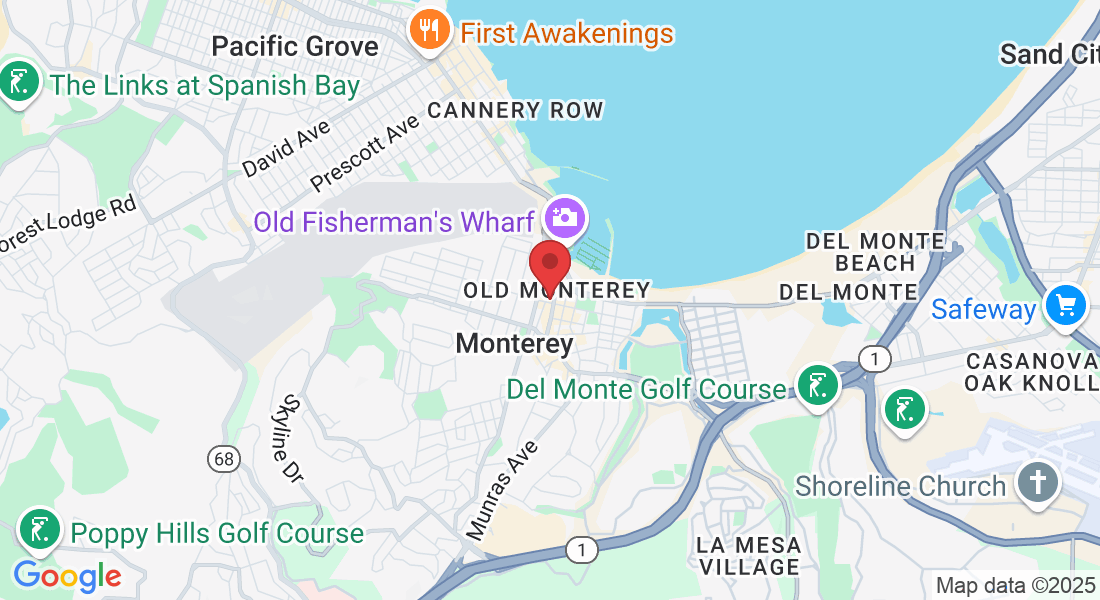Theory-N2-Practice
See Our Latest Blogs
Our blog is a hub for valuable content, covering a wide range of topics related to marketing, emergency management, leadership, and more.
You'll find expert tips, industry trends, and thought-provoking articles that can help you enhance your business strategies and stay informed about the latest developments in your field.
Whether you're looking for innovative marketing ideas, seeking guidance on emergency planning, or interested in leadership program development, our blog has something to offer for everyone.

Avoiding Your Status Quo
“Status quo, you know, is Latin for 'the mess we're in'.”
- Ronald Reagan
Introduction:
In the field of emergency and disaster management, the status quo can hinder progress, impede innovation, and limit the effectiveness of response and recovery efforts. Embracing change and challenging the status quo is essential for continually improving emergency management practices, addressing emerging challenges, and enhancing community resilience.
This article explores the importance of avoiding the status quo in emergency and disaster management and highlights strategies for promoting positive change.

The Limitations of the Status Quo
1. Resistance to Innovation
The status quo often resists innovation and change, which can impede the adoption of new technologies, approaches, and best practices. This resistance can prevent the field of emergency management from benefiting from advancements that could significantly improve response capabilities and outcomes.
2. Inefficiency and Outdated Practices
Maintaining the status quo can perpetuate outdated practices and inefficient systems. In the face of evolving risks and challenges, relying on traditional methods may hinder the effectiveness and efficiency of emergency management efforts. Embracing change allows for the identification and implementation of more streamlined and effective approaches.
3. Lack of Community Engagement and Inclusion
The status quo may overlook the importance of community engagement and inclusion in emergency and disaster management. Failing to involve diverse stakeholders, including marginalized populations, can result in response plans that do not adequately address their specific needs. Embracing change means actively seeking community input, fostering collaboration, and promoting inclusivity.
Strategies for Avoiding the Status Quo
1. Continuous Evaluation and Learning
Regular evaluation and learning are critical for identifying areas of improvement and avoiding stagnation. Conducting after-action reviews, gathering feedback from stakeholders, and analyzing data and metrics enable emergency management practitioners to identify shortcomings and implement necessary changes.
2. Embracing Technology and Innovation
Advancements in technology offer tremendous opportunities for enhancing emergency and disaster management. Embracing emerging technologies such as data analytics, artificial intelligence, and communication platforms can improve situational awareness, facilitate rapid response, and support effective decision-making.
3. Collaboration and Partnerships
Collaboration and partnerships foster a culture of innovation and encourage the exchange of ideas and best practices. Engaging with academia, private sector organizations, community groups, and international counterparts can provide fresh perspectives, expertise, and resources to improve emergency management strategies.
4. Incorporating Risk Reduction and Resilience
Shifting the focus from reactive response to proactive risk reduction and resilience-building is crucial. This involves prioritizing investments in pre-disaster mitigation, preparedness, and community education to reduce vulnerabilities and enhance the ability to withstand and recover from disasters.
Conclusion
Avoiding the status quo in emergency and disaster management is vital for staying responsive, efficient, and effective in a rapidly evolving landscape. By challenging traditional practices, embracing innovation, and fostering collaboration, emergency management professionals can better address emerging challenges, enhance community engagement and inclusion, and build resilience. Continual evaluation, learning, and a willingness to adapt are essential to ensure that emergency and disaster management practices remain dynamic, relevant, and capable of effectively protecting and supporting communities in times of crisis.
References
Federal Emergency Management Agency. (2011). Whole Community Approach to Emergency Management: Principles, Themes, and Pathways for Action. Retrieved from https://www.fema.gov/whole-community-approach-emergency-management-principles-themes-and-pathways-action
Haddow, G., Bullock, J., & Coppola, D. P. (2018). Introduction to Emergency Management. Elsevier.
Horn, W., O'Brien, P., & Murray-Tuite, P. (2016). Improving Resilience in Disaster Recovery: A Systematic Review of Decision-Support Tools. Risk Analysis, 36(12), 2243
"The riskiest thing we can do is just maintain the status quo." - Bob Iger
Driving Growth, Amplifying Impact

Todd DeVoe

"Daniel Scott has been an invaluable resource in my professional journey. As an emergency management practitioner, I've always sought ways to enhance my skills and stay up-to-date with the latest trends in the field. Daniel Scott and Theory-N2-Practice provided me with a platform to connect with like-minded individuals, access top-notch training, and gain insights from industry leaders.
Todd DeVoe, CEM
Certified Emergency Manager
Emergency Management Network

Andrea Davis

“Since the day I met Dan Scott, I was struck by his strong moral compass and leadership aplomb. He exudes a passion for the field of Emergency Management unmatched by others. His dedication to foster leadership growth and constant learning has led to him offering best in class emergency management training summits and podcast. I highly recommend attending any and all of Dan’s offerings.”
Andrea E. Davis, CEM
President and CEO,
The Resiliency Initiative

Marc Baker

“Daniel Scott is a dedicated Emergency Management professional committed to the advancement of the profession. I consider Daniel a trusted mentor whom I can count on for sound advice based on his vast knowledge and years of experience.”
Marc C. Baker, CEM
Emergency Management Professional
Unleash Your Personal Brilliance.
At Theory-N2-Practice, we are committed to excellence in instruction and course development. Our instructional services and course offerings are geared towards empowering individuals and organizations to achieve their learning goals, enhance their capabilities, and drive success. Embrace the power of effective instruction and course development with us, and let us guide you towards a path of continuous growth and achievement.
© Daniel Scott & Associates LLC.- All Rights Reserved

info@theoryn2practice.com
Monterey County, CA

